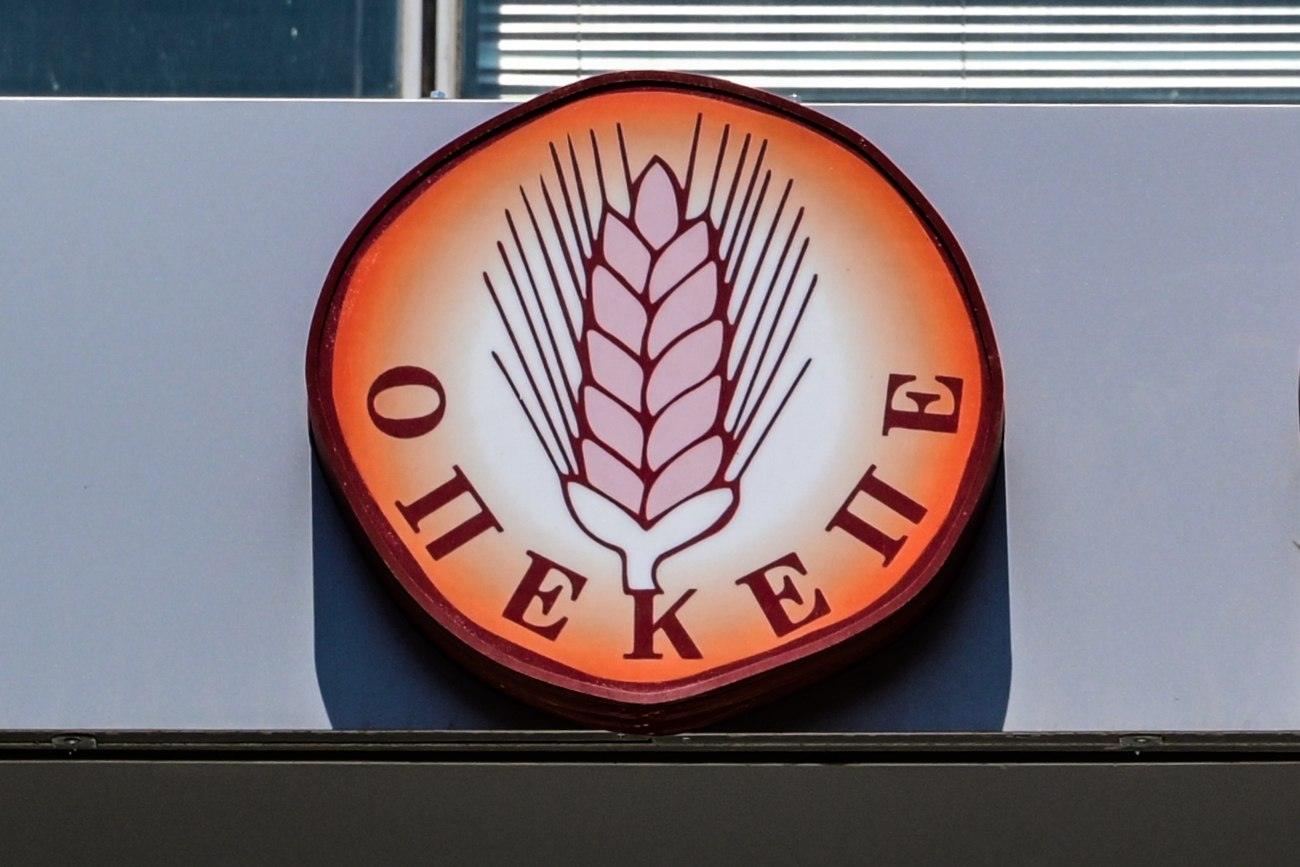The reform of the supplementary insurance system introduced in the country by law 4826/2021 will have a positive effect on the country’s economy, but also on the income of pensioners.
In a special study on the “macroeconomic effects of the supplementary insurance reform”, the Foundation for Economic & Industrial Research records particularly positive effects on key macroeconomic variables, such as GDP, employment, and fiscal figures. “Reform leads to resource accumulation, investment and GDP growth,” the study said.
In particular, the reform will lead to a significant accumulation of resources in the new Auxiliary Insurance Fund: annual revenues of up to 1.25% of GDP and a reserve of up to 39% of GDP in 2070. Part of the new savings will be invested in domestic investments, stimulating demand and mainly increasing productivity (fixed capital formation).
The result will be an increase in GDP of up to 9.5% and employment of up to 0.53% in 2070, if one compares the figures in the absence of auxiliary insurance reform.
It is also estimated that the strengthening of economic activity leads to an increase in public revenues from income taxes, consumption and other contributions, in the amount of up to 6.4 billion euros in 2070 in real terms (cumulative increase of 116 billion euros).
GDP growth: According to the optimistic scenario of the study, the country’s GDP is strengthened due to the reform by 9.5% in 2070, compared to the level of economic activity if the reform had not been implemented. The effects of the reform on the country’s GDP are significantly affected by the alternative assumptions about the return on the Fund’s investments and the portion of the Fund’s resources invested domestically in productive investments, but are not as significantly affected by the alternative assumptions for voluntary participation in the new auxiliary insurance system.
Employment: The implementation of the reform leads to a smaller – but significant – increase in employment in the country, compared to the level of employment if the reform had not been implemented. In the baseline scenario, employment will increase by 0.39% in 2070. In the optimistic scenario, the employment increase will reach 0.53% in 2070, compared to maintaining the current system.
Transition costs: The implementation of the reform has a direct budgetary cost on a cash basis, as it causes a financial gap, as the contributions of the insured under the new system are no longer State revenue. However, one of the beneficial consequences of the strengthening of economic activity, which is caused by the implementation of the reform, is the strengthening of the tax revenues of the State. It is extremely important that this increase in public revenue in the short term fully offsets, in real terms, the annual budget gap created by the reform. The increased public revenues, due to the growth caused by the implementation of the reform, fully cover the cumulative fiscal losses in real terms in 2040, under the baseline scenario. Under the optimistic scenario, this cumulative fiscal balance comes two years earlier, in 2038.
Amount of supplementary pensions: Comparing the estimated average level of the new supplementary pensions with that of the existing supplementary pensions, there is an expected increase in the average income of the pensioner in each of the examined scenarios. Therefore, the reform does not worsen, but rather improves the adequacy of pensions, compared to the fact that it may not have taken place.












![Δασμοί: Οι εμπορικές συνομιλίες ΕΕ-ΗΠΑ για τους δασμούς στα αυτοκίνητα [γραφήματα]](https://www.ot.gr/wp-content/uploads/2025/07/tofas.jpg)
![Τεχνητή νοημοσύνη: Η ζήτηση ενέργειας αυξάνει τις εκπομπές CO2 [γράφημα]](https://www.ot.gr/wp-content/uploads/2025/02/data-center.jpg)
![Χρυσές λίρες: Πουλάνε μαζικά οι Έλληνες το εξάμηνο του 2025 [γράφημα]](https://www.ot.gr/wp-content/uploads/2025/07/photo_2025-07-04_13-01-06.jpg)
























